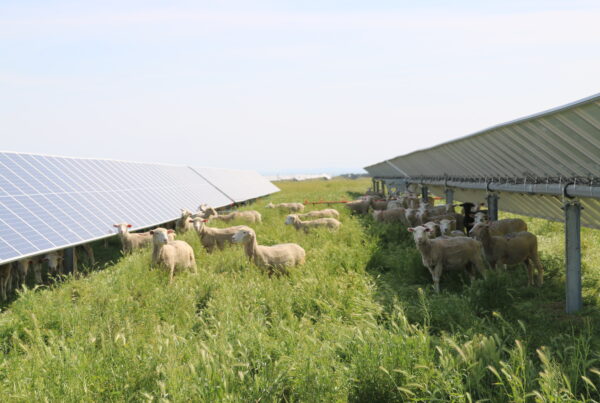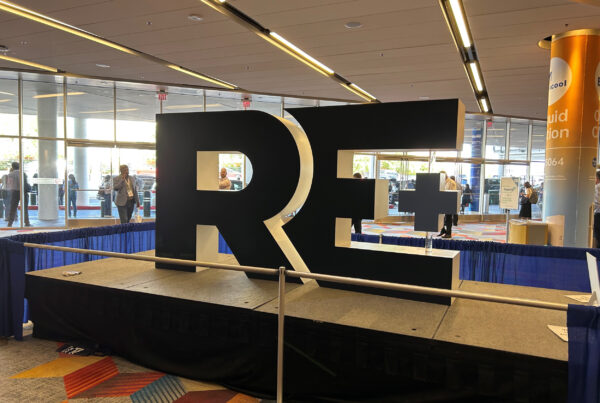When most people hear the word “PR”, their minds go to media relations. Traditionally, this is what public relations is known for; pitching story ideas to the media to generate exposure and enhance a company’s public image. However, other types of outreach are often overlooked.
Community relations utilize powerful tactics – particularly for clean energy companies – that are distinctive and effective in influencing public perceptions. Key tactics include:
- Identifying community stakeholders and influencers
- Cultivating relationships with residents
- Mobilizing eco/enviro supporters to contact elected officials
New York State law requires 70% of its electricity to be powered from renewable sources, such as solar and wind energy, by 2030. Solar companies are contributing to this goal through the construction of community solar farms. Community solar projects enable communities to tap into local renewable energy sources without installing solar panels on their property.
Our client, Cipriani Energy Group, is proposing to build a community solar project in the town of Chenango, New York. Our team has engaged with key influencers in the community as part of a proactive education and community engagement campaign to inform residents about the benefits of community solar, build supporter lists, and inform our messaging to residents. Our engagement program includes conversations with Chenango residents and key organizations such as Cornell Cooperative Extension, public libraries, and the Broome County IDA and Chamber of Commerce.
What We Found
The conversations with residents and organization leaders uncovered pockets of resistance the town has regarding renewable energy projects. The insights they shared shaped our communications strategy.
The relationships formed with the Chamber of Commerce and Cornell Cooperative Extension have provided access to community members we did not have previously. These organizations work in partnership with our team to arrange local meetings and events, grant us access to broadly distributed newsletters, and provide introductions to community stakeholders. The engagements we have at these meetings and events guide our messaging.
Once we’ve identified project supporters, we maintain active conversations and provide regular project updates to keep them engaged. We then mobilize supporters to attend and speak on behalf of the proposed project at town meetings or submit letters to local representatives endorsing community solar projects.
Benefits
Historically, many clean energy companies develop projects with little to no involvement of the local community. Engaging with the community early in the development/permitting process is necessary to educate residents and gain an understanding of their concerns, which can fuel the creation of a project that gains approval.
In the town of Chenango, prior issues surrounding renewable energy projects in the area have led many people to speak out against the projects. Because residents’ perspectives were not considered before the construction of these projects, it has become much harder for companies to gain municipal support.
Both the Vice President and Marketing Manager of the Chamber of Commerce were impressed by Sustainable PR’s unique approach and expressed interest in our effort to prioritize connecting with the Chenango community. There is value in people feeling as though they have a voice in the decisions being made where they reside. Community outreach develops residents’ receptivity to local projects, and their support is crucial in progressing smoothly through the permitting processes.
Speaking to residents from an educational perspective establishes credibility and offers an opportunity for communities to be involved in local developments. We encourage other renewable energy companies to proactively engage communities in which their projects occupy.
Conclusion
Community engagement holds essential value in public relations. The relationships that form between businesses and residents assist communications professionals with insight into community support and opposition and guide message development. Targeted community outreach guides our approach to better meet the community’s needs and results in improved outcomes for clean energy companies.





